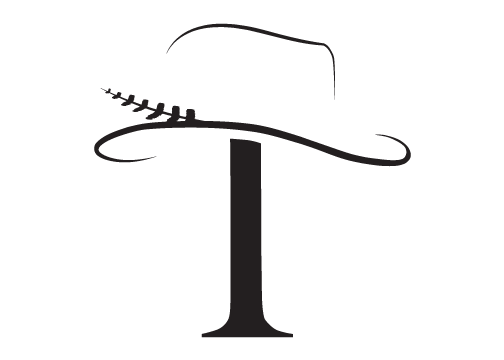Welcome to the new site! It's come a long way from where I started, and though I still have more work to do, I thought I'd at least get what I've done so far up and running. Plenty of new work on here that most of you have never seen, and it's exciting for it to be in one place, after all these years.
While I certainly plan to update this chronicle with a lot more stories, updates, and adventures, this will have to do for now. More to come soon, I promise. In the meantime, here are a few images I shot in Montana this past fall. Hope you enjoy!










